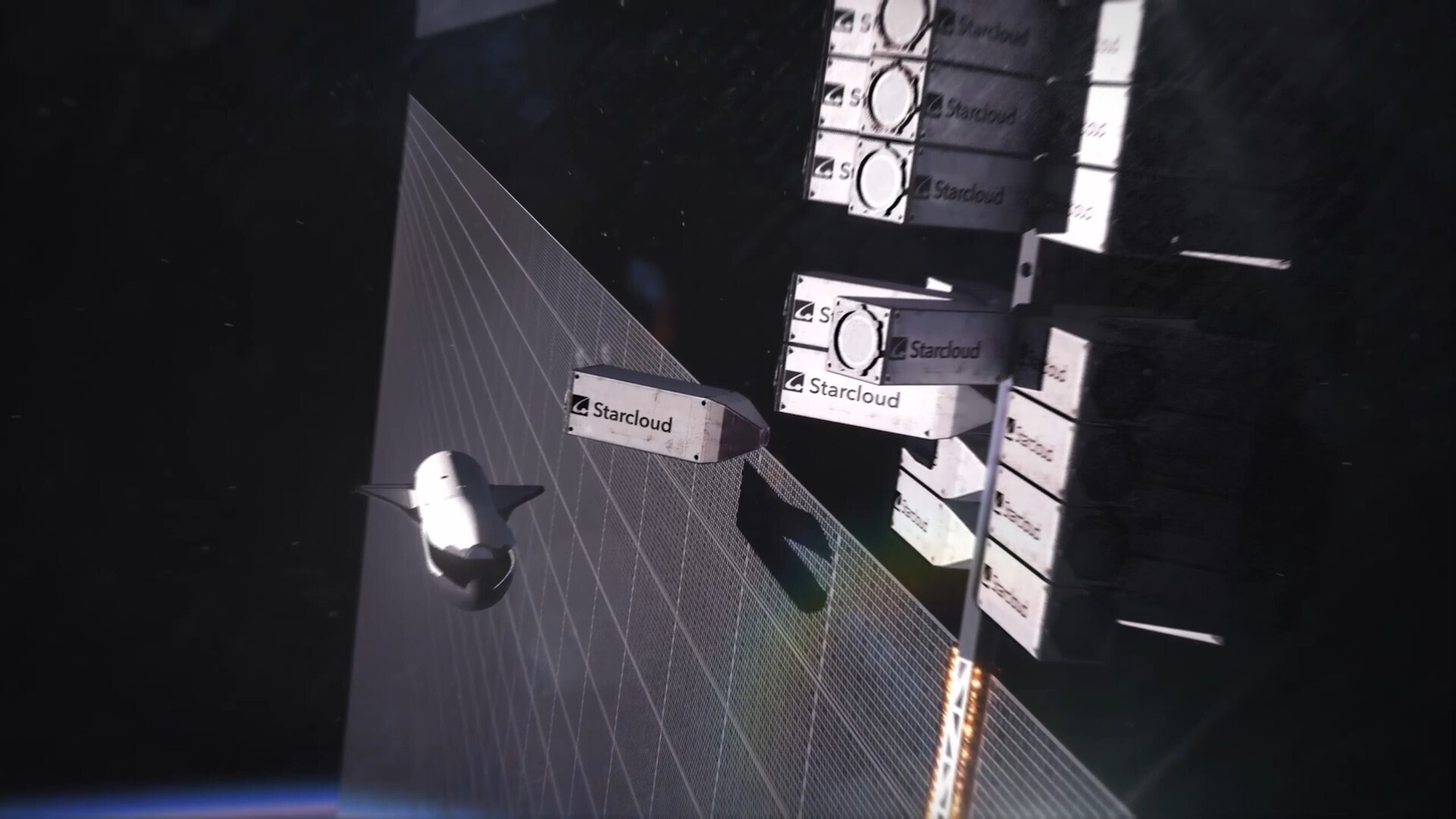Massive comet hurtling past the sun is chasing its tail
Using the SOHO mission, scientists observed the nearly 4-mile-wide space snowball 96P Machholz and confirmed its intriguing debris-created feature.
Astronomers have caught another look at a massive sun-grazing comet currently close to our star revealing a trail of dust both behind and ahead of the comet.
The 3.7-mile-wide (6-kilometer) comet known as 96P Machholz has long been an object of fascination for astronomers, particularly because a 2008 chemical analysis revealed it had an unusual composition for such short-period comets with low proportions of elements like carbon.
This is in addition to suspicions that 96P Machholz has a leading tail of debris in addition to the unusual trail of dust and ice fragments comets develop as they pass the sun and their material is heated from solid to gas.
The astronomers observed the comet using NASA's Solar and Heliospheric Observatory (SOHO) spacecraft as it approached the sun during its 5.3-Earth-year orbit of the star between Jan. 29 and Feb. 02, 2023. SOHO allowed them to gain a stunning sequence of images that revealed a string of fragments both behind and ahead of the space snowball.
Related: Comets: Everything you need to know about the 'dirty snowballs' of space
The comet and its tail of debris is no stranger to SOHO. In 2012 the sun-observing spacecraft spotted two small fragments presumably released by 96P Machholz as it made its previous passage around the sun. When 96P Machholz made a return visit to the inner solar system and the field of view of SOHO in 2017, the spacecraft spotted more tiny fragments leading ahead of the comet in its orbit.
Not only did this further reinforce the theory that 96P Machholz had undergone some kind of fragmentation event in its recent past, but it prompted California Institute of Technology (CalTech) planetary Ph.D. student Qicheng Zhang and SOHO principal investigator Karl Battams to get ready for the next close approach of the comet in 2023.
Breaking space news, the latest updates on rocket launches, skywatching events and more!
Read more: In Memoriam: Famed 'Comet Hunter' Don Machholz dies at 69
They did this by initially investigating past SOHO images of the comet using a new data processing technique developed by Zhang that better revealed the comet fragments in the 2017 images. The archival images clearly show the thin, extended debris trail as it perfectly follows the comet's orbit, stretching both far ahead and behind the comet. This was something suspected but never before observed optically from the ground or from space.
Zhang and Battams then decided that when 96P Machholz moved back into view early in 2023 they would observe the comet using a SOHO instrument called Large Angle and Spectrometric Coronagraph Experiment (LASCO). This instrument provides longer exposures and color filters which the team hoped would further enhance the view of its extended debris trail.
The orange filter of LASCO allows only a narrow range of wavelengths of light to be recorded and it is particularly sensitive to sodium, which near-sun comets like 96P Machholz emit strongly as heat from the star causes material to turn from solid to gases around them.
According to the SOHO mission website: "The plan worked flawlessly, and to the delight of Zhang, Battams, and the entire SOHO team, LASCO captured a stunning sequence of images that not only revealed a string of fragments, but also clearly show the thin, extended debris trail that perfectly follows the entirety of the portion of 96P's orbit that passes through the LASCO field of view!"
Equipped with the unique LASCO/SOHO observations and their new processing techniques Zhang, Battams, and their colleagues will analyze the data surrounding 96P Machholz hoping to learn more about the comet and to prepare for its return in June 2028.
You can follow the SOHO findings surrounding 96P Machholz on the SOHO mission website.
Follow us on Twitter @Spacedotcom or on Facebook.

Robert Lea is a science journalist in the U.K. whose articles have been published in Physics World, New Scientist, Astronomy Magazine, All About Space, Newsweek and ZME Science. He also writes about science communication for Elsevier and the European Journal of Physics. Rob holds a bachelor of science degree in physics and astronomy from the U.K.’s Open University. Follow him on Twitter @sciencef1rst.

